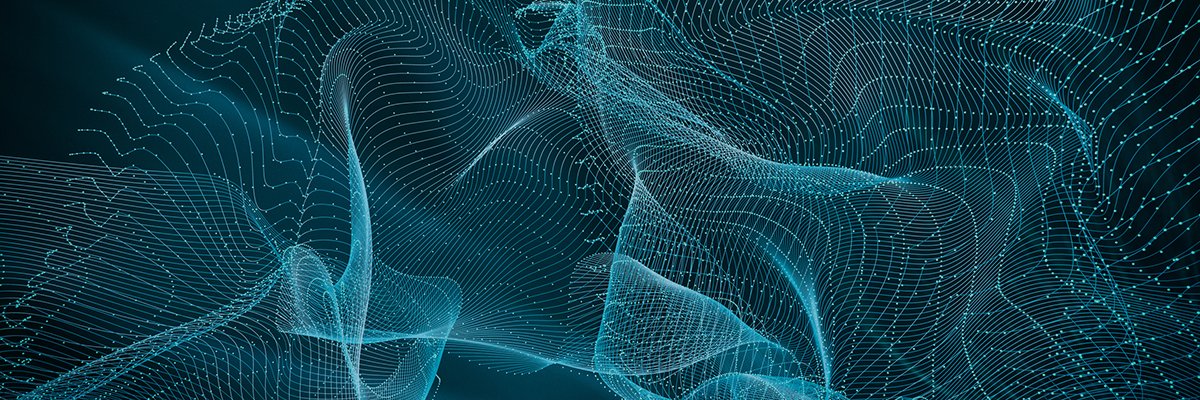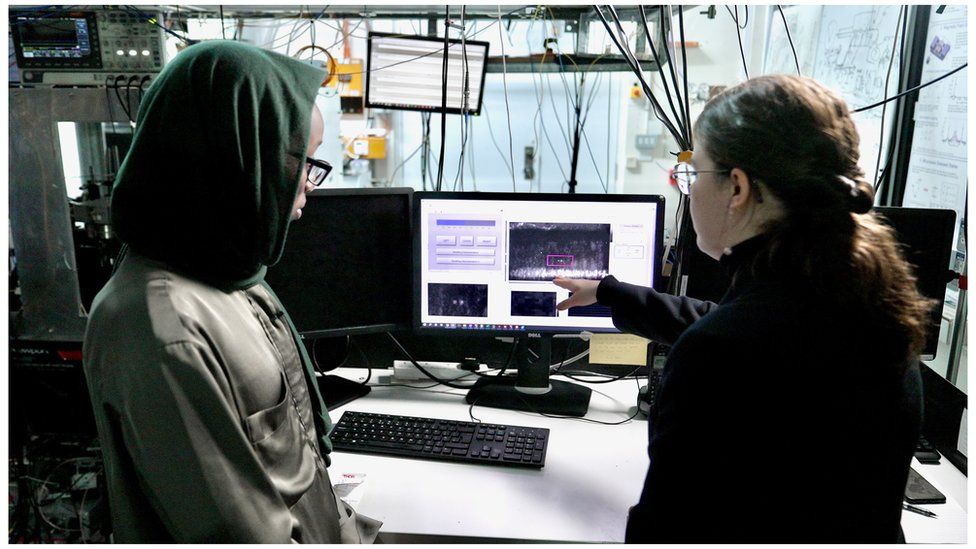
Quantum computing is poised to revolutionize the way we process and analyze information, offering capabilities that extend far beyond those of classical computing. Below is a comprehensive report that highlights the fundamental differences between quantum and classical computing, based on insights from multiple reliable sources.
Fundamental Differences
Data Representation

The core difference between quantum and classical computing lies in how they represent data. Classical computers use bits as their basic unit of information, which can exist in one of two states: 0 or 1. This binary system is the foundation of classical computing and all its operations [1][2][4][6].
On the other hand, quantum computers use qubits, which can exist in a state of 0, 1, or both simultaneously thanks to a phenomenon known as superposition [1][2][3][4][6][7][10]. This enables quantum computers to encode and process vastly more information at the same time compared to classical computers.
Data Processing
Classical computers perform operations sequentially, solving problems step-by-step [1][3][4][6]. Even with parallel processing capabilities, classical computers still essentially rely on their bits flipping between 0 and 1 states to compute [4][7].
Quantum computers, however, can perform multiple calculations simultaneously. This is facilitated by superposition and entanglement—where qubits become interconnected, such that the state of one qubit depends on the state of another, allowing for faster information transfer and processing [1][2][3][4][6][7][10].
Computational Power
Exponential vs. Linear Scaling

Classical computing power increases linearly with the number of transistors. A traditional computer with more transistors can process more bits but only linearly increases its computational speed [2][7].
In contrast, a quantum computer's power scales exponentially with the number of entangled qubits. For instance, while two qubits can store and process 4 bits of information, three qubits can handle 8, and so on [1][4][6][7][10].
Use Cases and Suitability
Classical computers are well-suited for everyday tasks and operate efficiently under normal conditions, making them ideal for use in a wide array of applications from basic computing needs to complex simulations [1][2][4].
However, quantum computers excel in solving specific types of problems that involve large datasets and complex variables, such as cryptography, drug discovery, climate modeling, and optimization tasks. For example, quantum computers can simulate molecular interactions at a quantum level, offering potential breakthroughs in drug development and materials science [3][5][6][10].
Environmental and Operational Conditions
Physical Requirements

Classical computers typically operate in environments that do not require stringent physical conditions. They perform well within typical room temperatures and are highly adaptable [1][2].
Quantum computers, however, often need to be in highly controlled environments, such as temperatures near absolute zero, to minimize noise and maintain qubit stability. Achieving these extremely cold environments is crucial to prevent qubits from decoherence, which is the process where qubits lose their quantum state due to environmental interference [1][2][4][6][10].
Error Rates and Stability
One of the main challenges for quantum computing is maintaining qubit stability and reducing error rates. Whereas classical bits offer reliable and consistent performance, qubits are highly sensitive to environmental disruptions, leading to higher error rates. Advanced error correction techniques are required to manage and mitigate these issues [1][4][6][8][10].
Practicality and Development Stage
Current Capabilities and Limits

Despite its potential, quantum computing is still in its nascent stages. Current quantum computers face limitations in terms of scalability, qubit stability, and error rates. They are not yet capable of replacing classical computers for most everyday tasks or commercial applications [1][2][3][5][6][7][8].
Research and Future Prospects
Ongoing research and substantial investments are pushing the boundaries of what quantum computing can achieve. Major technology firms like IBM, Google, and Microsoft, along with startups and research institutions, are heavily invested in advancing quantum technology. The future potential for quantum computing includes significant applications in various fields, as highlighted by IBM's prediction that quantum computing could become a $1.3 trillion industry by 2035 [1][3][6].
Conclusion
Quantum computing differs fundamentally from classical computing in its use of qubits, its operational mechanisms, and its potential computational power. While classical computers will continue to be indispensable for many applications, quantum computers offer unprecedented capabilities for solving specific, complex problems that are currently beyond the reach of classical technology. As research progresses and technological barriers are overcome, quantum computing is expected to complement classical computing, jointly pushing the frontiers of what is possible in data processing and problem-solving [1][2][3][4][5][6][7][8][10].
Get more accurate answers with Super Pandi, upload files, personalized discovery feed, save searches and contribute to the PandiPedia.
Let's look at alternatives:
- Modify the query.
- Start a new thread.
- Remove sources (if manually added).